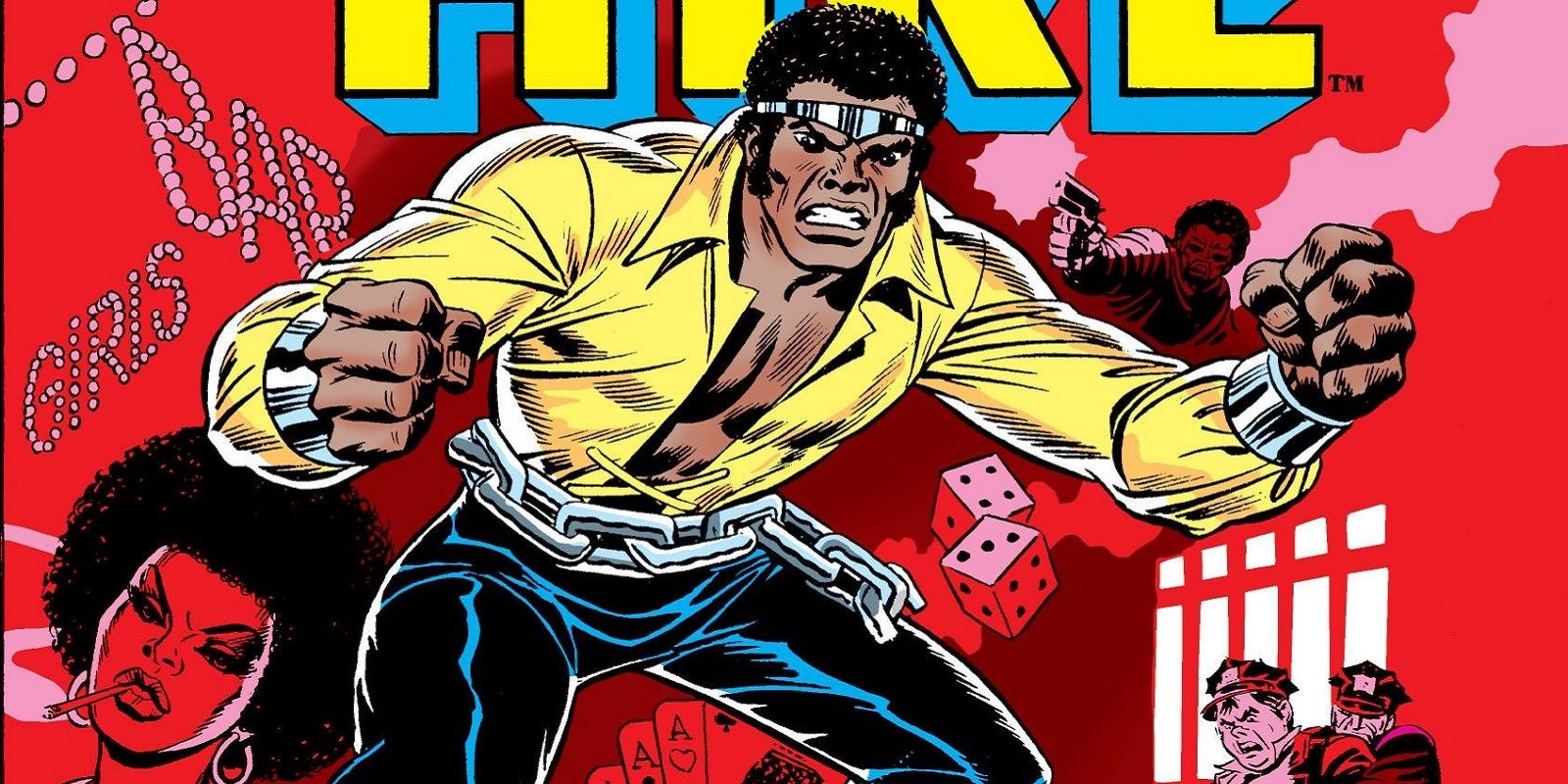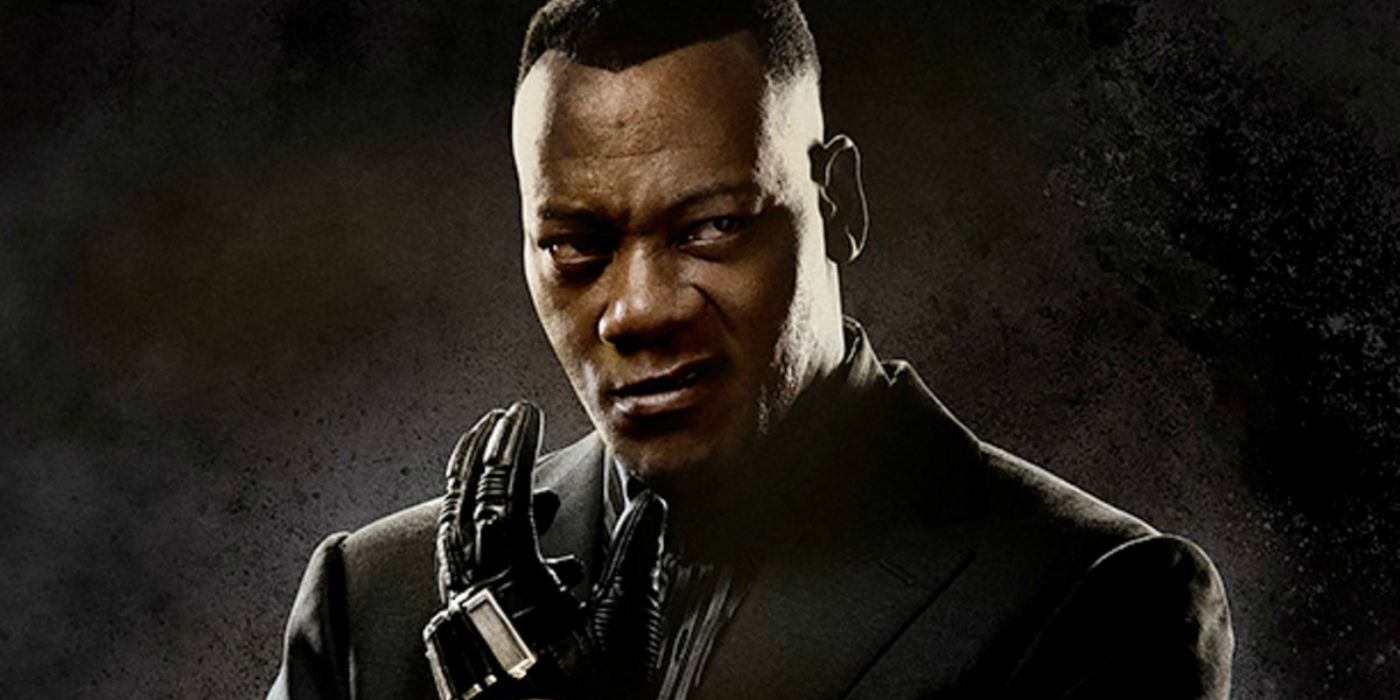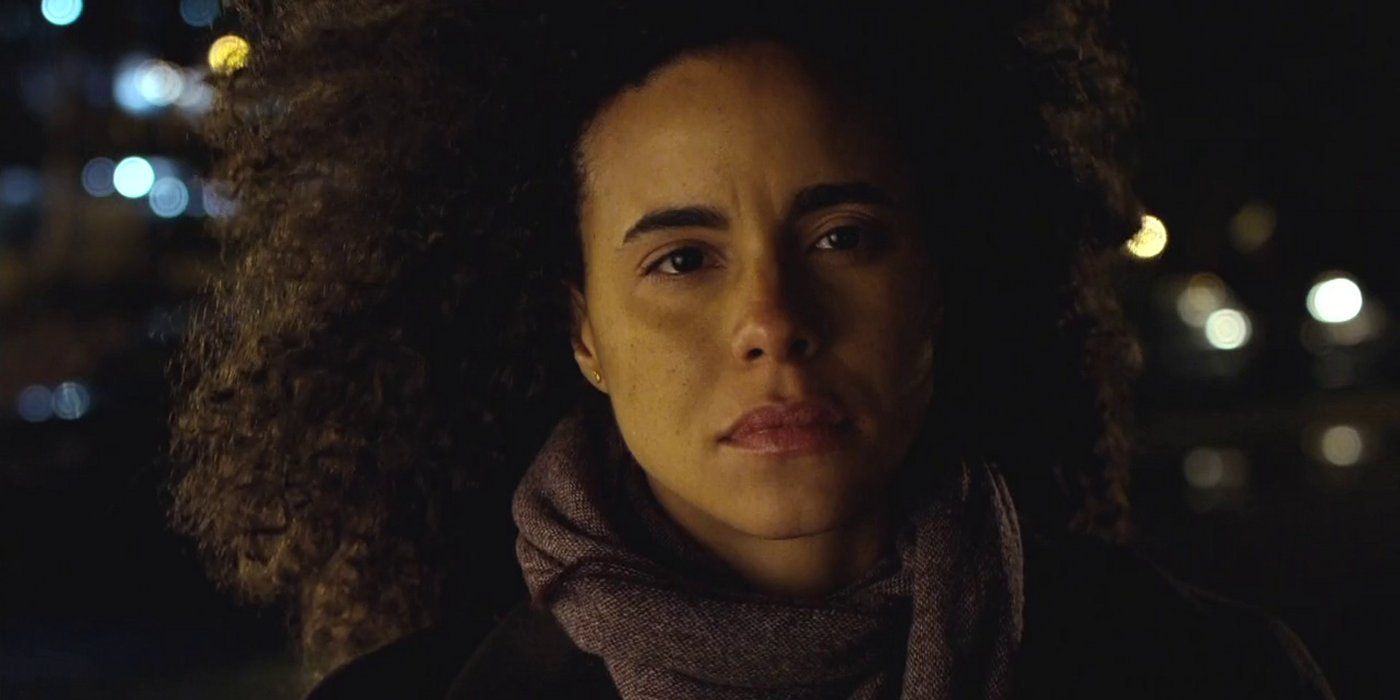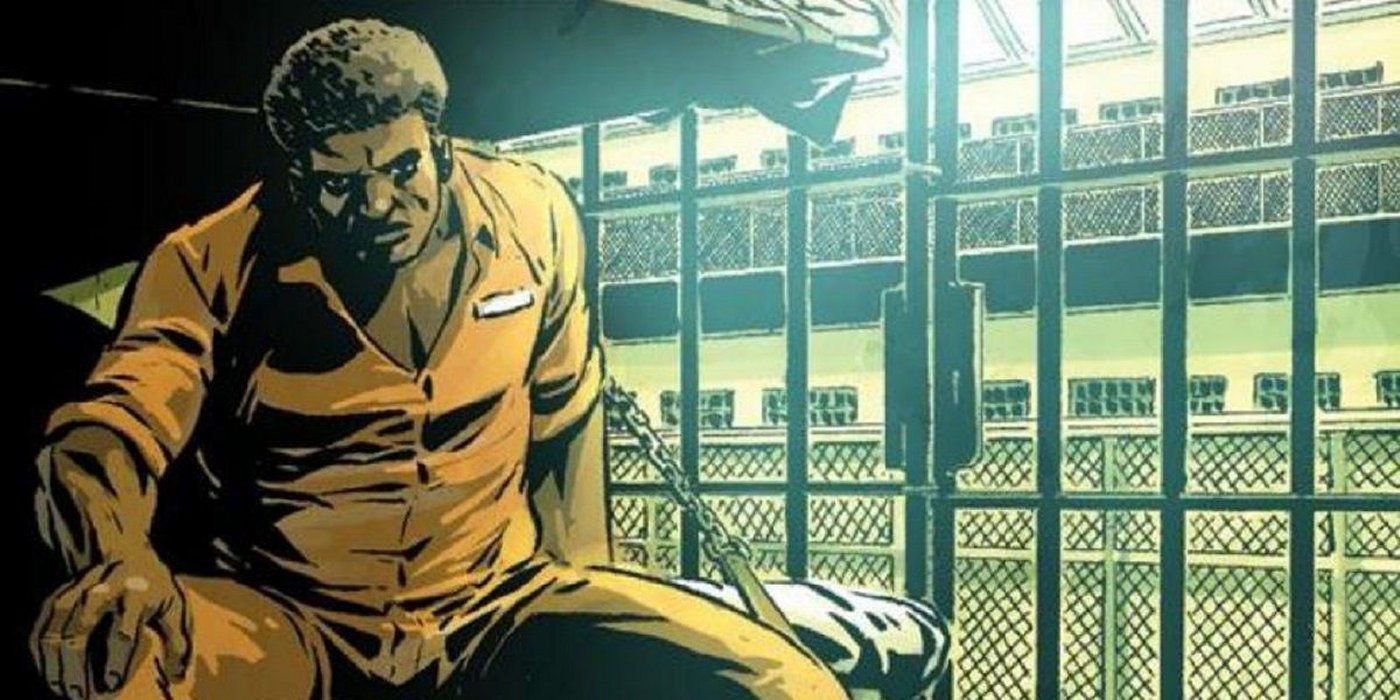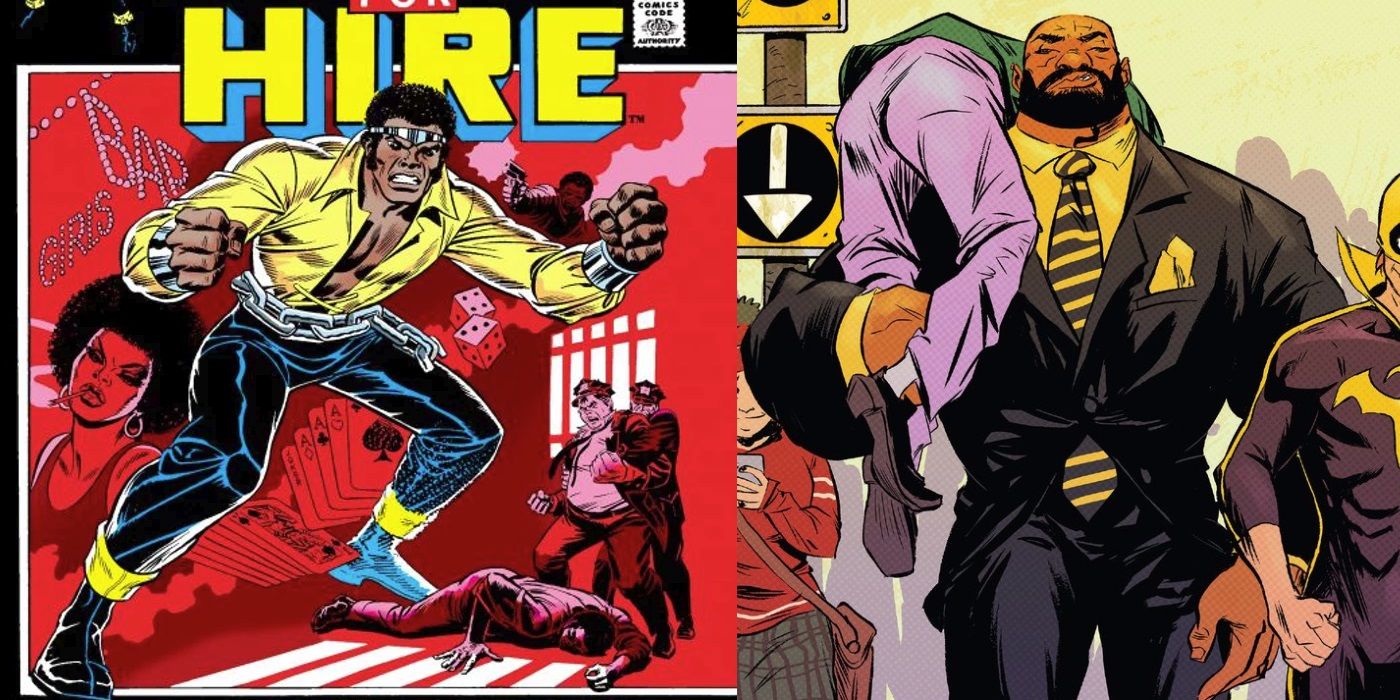Warning: This article contains MAJOR SPOILERS for Luke Cage.
–
Luke Cage (Mike Colter) might be the most recent addition to the Marvel Cinematic Universe – he was first introduced in last year’s inaugural season of Jessica Jones, and his own series arrived just last week – but, as with most, if not all, of these Marvel protagonists, he’s been around in the comic book universe for the past four decades.
First appearing in the appropriately-titled comic Luke Cage, Hero for Hire in 1972, the man once known as Carl Lucas has found continued success in the Marvel Universe; he is currently married to Jessica Jones (played by Krysten Ritter in the Netflix show), father to young Danielle Cage, and a member of the Avengers. Not bad for a character who was initially created to exploit, ironically enough, the Blaxploitation films that were finding purchase in the cultural consciousness 40 years ago (the most famous of these, of course, being Shaft, who Luke ends up being compared to in his own series).
And while Netflix’s Luke Cage has a surprising degree of fidelity to the source material – which is saying a lot, given just how closely the Marvel Cinematic Universe versions tend to hew to the comics – there are still quite a few changes that are worth tracking, if only to perhaps get some hints into what may be in store for Luke once he steps up to join the Defenders – and beyond.
Misspent youth
In the comics, Carl Lucas spends much of his youth involved in street-level thuggery, throwing down with gangs and otherwise acting as a “soldier” for the crime lord known as Hammer, with his ultimate goal being to become something of a Harlem boss himself. He eventually outgrows the gangster life and attempts to secure for himself a normal adulthood, but this quest for legitimacy is, unfortunately, doomed to failure.
Carl’s closest friend from childhood, Willis Stryker (Erik LaRay Harvey), remains in the hard-knock life, and though the two of them remain best buddies, they end up vying for the affections of the same girl: Reva Connors (Parisa Fitz-Henley), who ends up choosing Willis due to his crime-fueled wealth. She ultimately turns to Carl, however, when one of Stryker’s mob assignments goes wrong. Lucas is able to prevent his friend from being literally beaten to death, but the incident is enough to drive Reva away, as the wanton violence is a tad on the terrifying side for her.
Willis blames Carl and thirsts for vengeance. He steals two kilos of uncut heroin from a rival gang headed by none other than Cottonmouth (Mahershala Ali), and plants it in his former friend’s apartment. Once the police find the drugs, it’s off to jail for young Carl Lucas. Stryker, in turn, promises to help prove Carl’s innocence, which wins him back into the good graces of Reva. Unfortunately, their relationship is once again cut short, as Cottonmouth is none too pleased about the stolen heroin, and accidentally kills Connors in an attempt on Willis’s life.
The television adaptation pays homage to this origin story by keeping Carl and Willis good childhood buddies that are prone to (comparatively) minor infractions, though it is Carl’s own deliberate decision to honor his Lucas name instead of Willis’s friendship (and future) that causes the irreparable rift between them. This, in turn, is due to the inclusion of their secret familial relationship – they are half-brothers, with their father essentially abandoning his illegitimate child in favor of his legitimate son – a brand-new element meant to replace the competition surrounding Reva in the comics.
This is one of the few narrative devices that can replace the intensity and conflict that a love triangle usually produces in both fiction and reality, and while it is meant to crystalize the tension and rivalry between the show’s protagonist and antagonist, it is nonetheless a tad on the clichéd side. Still, it can also sustain a much longer story arc, as Stryker’s continued presence in the series attests to (in the comics, he dies not long after having secured for himself the gangland identity of Diamondback and becoming one of Luke Cage’s chief nemeses).
Seagate Prison
It’s not long before Carl Lucas finds himself in the highly secure Seagate Prison, thanks to his less-than-model behavior as an inmate (discovering Willis Stryker’s betrayal in large part fuels his sudden bouts of uncontrollable rage). It is here that the young prisoner comes to the attention of both Albert Rackham (Chance Kelly), one of the facility’s guards, and Dr. Noah Burstein (Michael Kostroff), a research scientist based at the prison.
Carl essentially becomes the plaything of both men; Rackham singles him out as the most enjoyable target for his anger and mistreatment that he usually sprays all the inmates with, while Burstein sees him as a nearly perfect candidate for his top-secret project to accelerate cellular regeneration (a program which helped to previously create the superpowered supervillain Warhawk). It is during this testing process that Rackham sees his chance to inflict the most harm upon Lucas, attempting to sabotage the experiment, but, just as in the Netflix series, the effort backfires, inadvertently resulting in Carl receiving superhuman strength and invulnerability – twin qualities which allow him to easily break out of Seagate and never look back.
The insertion of Reva Connors here marks the biggest deviation in the MCU’s take on the story, being part of some sort of conspiracy to filter all the suitable subjects from the larger prison population – which not only means that she lied to and manipulated Luke, but which also puts her in direct cahoots with Albert Rackham, who now organizes an underground, online-streamed fight club instead of just being an indiscriminate sadist. Such a move clearly begets a larger role for this secret initiative in the overarching narrative, one that has obviously already been hinted at in Jessica Jones and will undoubtedly reach some sort of climax, perhaps as early as next year’s Defenders miniseries (or, possibly, in Jones’s second season, which is due to arrive sometime in 2018).
Another interesting difference to note is the nature or purpose of the experiments themselves. Gone is the whole supersoldier angle, which is probably one of the best decisions for Marvel TV to make, since so many different installments of the shared cinematic universe have already devoted part or all of its various plots to such an endeavor (the Captain America trilogy, The Incredible Hulk, Iron Man 3, Agents of SHIELD, and, possibly, Jessica Jones itself). Replacing it is a scientist who is simply after the fountain of youth - a process by which cells can endlessly heal themselves instead of dying out.
Becoming Power Man, a hero for hire
Carl Lucas makes his way back home to Harlem, changes his name to Luke Cage, and then quickly finds for himself a new lease on life. After helping to protect some would-be victims from robbers, he decides that he can start charging money for his superpowered services, becoming a hero for hire. Since all superheroes need to have a moniker of some sort or another (preferably cheesy ones, especially back in the ‘70s), Luke opts for the descriptive-but-prosaic Power Man. When combined with a distinctive, disco-esque costume, his new persona is complete.
As Power Man, Luke would go on to set up an official shop on Times Square, start dating Dr. Claire Temple (Rosario Dawson), and quickly find himself getting swept up in the superpowered fisticuffs that constantly roil the Marvel Universe, first befriending Iron Fist (Finn Jones) and then joining the Defenders. By the end of the decade, with the Blaxploitation craze subsiding and the Luke Cage monthly series in danger of dying with it, Cage was permanently paired with Iron Fist, comprising the books Power Man and Iron Fist (which his own series was renamed to) and, later on, Heroes for Hire.
Netflix’s Luke Cage obviously references these developments continuously over the course of its first 13 episodes, but, interestingly, strays away from the character’s more commercial-minded roots, opting instead to show Cage as a man of the people instead of as their (expensive) employee. When combined with Mike Colter’s Travyon Martin-inspired hoodie and images from any number of other unarmed black youths being killed around the country, it seems that showrunner Cheo Hodari Coker is more interested in rooting this particular 2010s incarnation of the character in social awareness, and less into the hustle-and-bustle of ‘70s black pop culture. No doubt both versions will end in the same result – strutting around town with Iron Fist, looking for new clients to take on – but it just may be that the MCU Cage will also be willing to stop and help the everymen on the street for free from time to time.
Along with Luke’s making fun of his randomly-collected-clothes-that-double-as-his-comic-book-costume (“Sweet Christmas, you look like a damn fool,” he says in the show), call this the most self-reflective and -referential take on the character yet.
Daredevil seasons 1 and 2, Jessica Jones season 1, and Luke Cage season 1 are now available on Netflix. Iron Fist will arrive on March 17th, 2017, followed later that year by The Defenders. Release dates for Jessica Jones season 2, The Punisher and Daredevil season 3 have not yet been announced.

